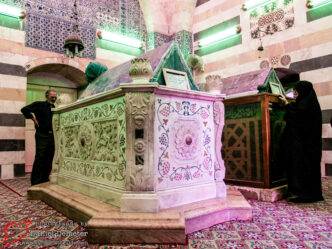
Damascus – al-Madrasa al-Aziziyeh دمشق – المدرسة العزيزية
While little remains of the Ayyubid-era al-Madrasa al-Aziziyeh (المدرسة العزيزية), the notable survival is the burial chamber of Salah al-Din Yousef Bin …

While little remains of the Ayyubid-era al-Madrasa al-Aziziyeh (المدرسة العزيزية), the notable survival is the burial chamber of Salah al-Din Yousef Bin …
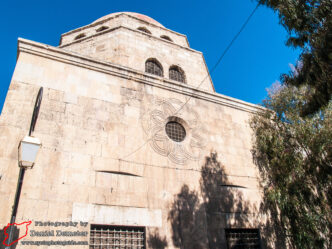
al-Madrasa al-Zahiriyeh (المدرسة الظاهرية) is an impressive Mamluk-era religious school constructed to serve as the mausoleum of al-Zahir Rukn al-Din Baibars al-Bandaqdari …
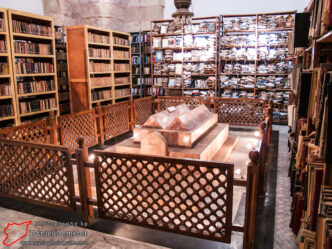
al-Madrasa al-Aadiliyeh (المدرسة العادلية) is an Ayyubid-era religious school named after al-Aadil Seif al-Din Abu Bakr Bin Ayoub (العادل سيف الدين أبو …
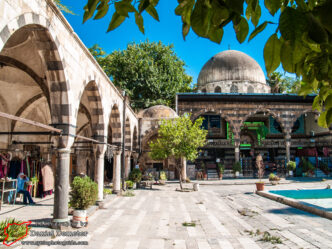
Madrasa Selimiyeh (مدرسة سليمية) is religious school from the Ottoman period that is attached to the larger al-Tekiyeh al-Suleimaniyeh Mosque (جامع التكية …
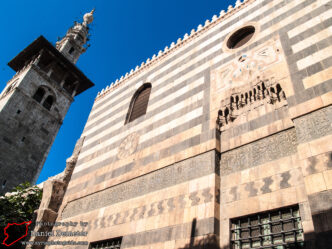
al-Madrasa al-Jaqmaqiyeh (المدرسة الجقمقية) is a beautiful Mamluk-era religious school that now houses the Museum of Arabic Calligraphy (متحف الخط العربي). The …
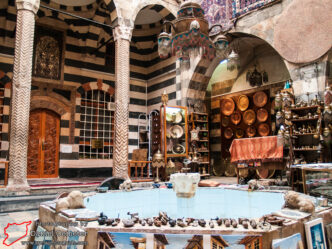
Madrasa Abdullah al-Azem (مدرسة عبداللة العظم) was a religious school constructed in 1779 by Abdullah Basha al-Azem (عبداللة باشا العظم), member of …
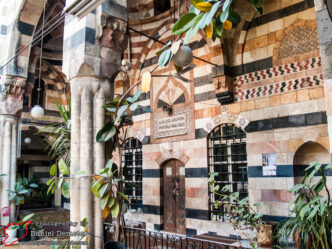
al-Fathiyeh Mosque (جامع الفتحية) is a beautiful Ottoman-era mosque in the charming old city neighborhood of al-Qaimariyeh (القيمرية), popular for its coffee …
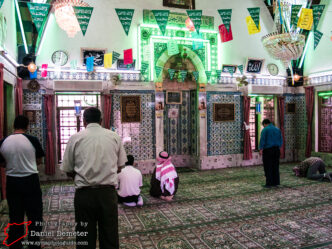
al-Shamiyeh Mosque (جامع الشامية), often referred to as Madrasa al-Shamiyeh (مدرسة الشامية), is an Ayyubid-era mosque and religious school constructed between 1187 …
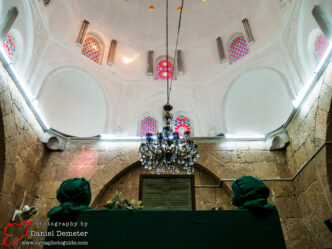
al-Madrasa al-Rukniyeh (المدرسة الركنية), also known as al-Rukniyeh Mosque (جامع الركنية), is a religious school and mausoleum that dates back to the …
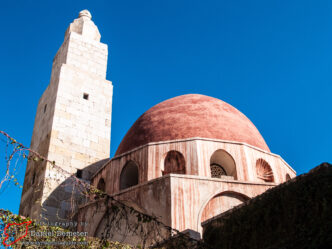
al-Madrasa al-Mershadiyeh (المدرسة المرشدية) is an Ayyubid-era religious school and mausoleum located in the northern Damascus (دمشق) district of al-Salhiyeh (الصالحية). It …